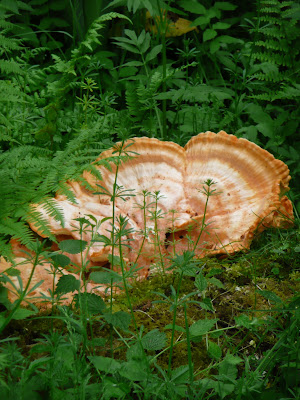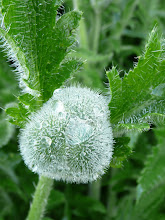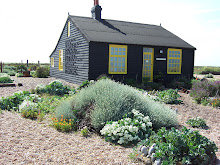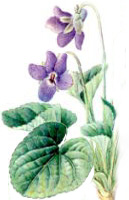
my photos
GARDEN SCULPTURE AT DENMANS
These beautiful sculptures can be seen whilst walking around the gardens of Denmans. I took these photos on my recent visit.
In the 19th century this, along with several other buildings, was the home farm to an estate built for and owned by Lord Denman. The main house being Westergate House, which lies west of the garden across Denmans Lane.

In 1946 the late Mr and Mrs Robinson bought the house, garden and land which by then had become rundown. Westergate House was sold, and they converted two cottages in the garden which was to become their home.

Now the home to John Brookes, who in 2004 won an MBE for his services to garden design and services to horticulture.
Well worth a visit if you find yourself in the Arundel/Chichester area of West Sussex.











































































































